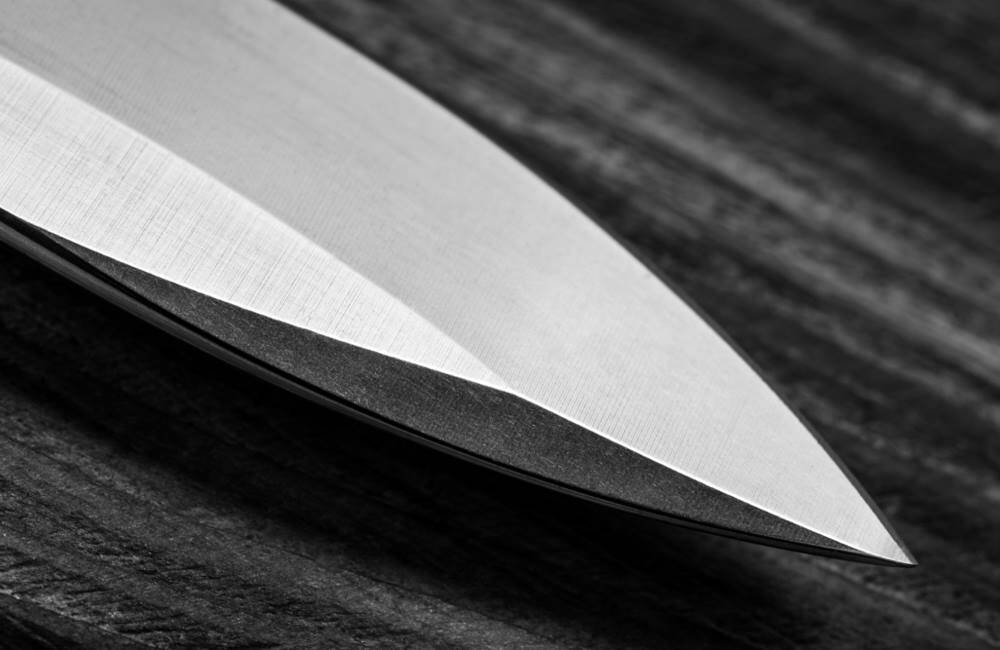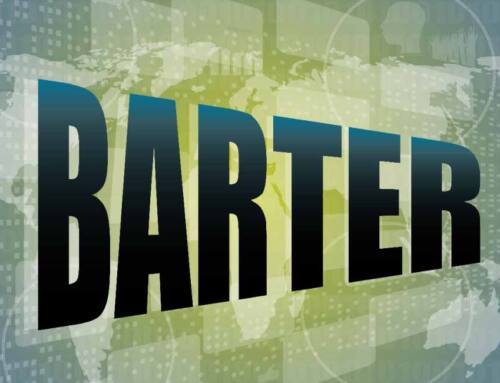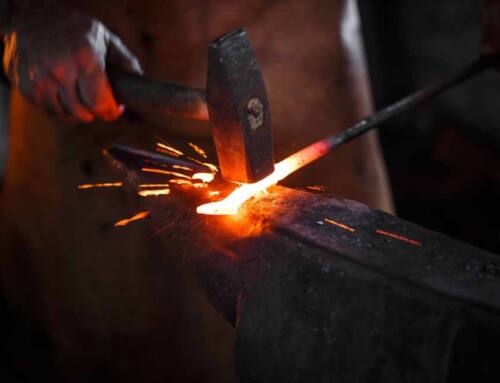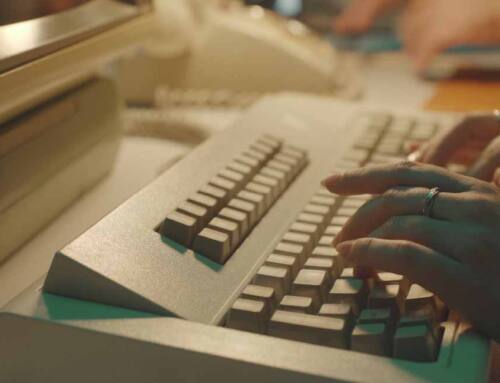A sharp blade is much safer than a dull one. When a blade is dull, you have to push harder to cut, which increases the chances of it slipping and causing an injury. The extra force needed to get through tougher materials makes accidents more likely.
Most knife owners know this advice well. It’s repeated so often that it’s almost a rule. But even with that knowledge, not everyone takes the time to keep their blades razor sharp.
Options to Keep Blades Razor Sharp
Keeping your blades sharp doesn’t have to be a hassle. There are plenty of ways to get the job done, some quicker than others. Here are a few options to consider when you want to keep that edge razor sharp because dealing with a dull blade is the last thing you need.
Stone and Oil
This will get the job done and make your blade razor sharp. It certainly looks cool when you see someone doing in on TV or on an Internet video! The truth is, while using an oiled stone to sharpen the blade works well, it’s also messy. This isn’t an option for everyone. For those willing to work with stone and oil, more detail on preparing and sharpening the blade can be found here.
Heavy Sharpening
Sometimes you only think about sharpening when dealing with an older or damaged blade. If your knife has small nicks, uneven edges, or has gone dull from neglect, it’s time for some heavy sharpening.
If you’re sharpening by hand, start with the coarse grit on your sharpener. This helps smooth out any imperfections and gets the edge back into shape. Gradually move to finer grits as you work, restoring the blade to a sharp, clean edge.
When it comes to the angle, follow the original edge if it’s still visible. Try to match the angle the knife had when it was new. If the original edge is gone, you’ll need to create a new angle from scratch. Take your time to get it right, as this sets the foundation for a sharp, durable edge.
Sharpening Tools
Portable Sharpening
If you’re looking for convenience, portable sharpeners are a great option. One of the most popular choices is the compact, credit-card-sized sharpener. You can easily slip it into a bag, wallet, purse, or EDC kit.
Having a sharpener on hand makes it much easier to find a quick moment to touch up your blade. Whether you’re out camping or just going about your day, these portable tools ensure you’re always prepared to keep your edge sharp.
Testing the Blade
Wondering if your blade is sharp enough? One simple way to check is by cutting a piece of paper. Just keep in mind that the results can vary based on a few factors. The width of the blade, whether it’s single or double-edged, the blade thickness, and the grind angle all play a role.
For example, a blade that’s three-fourths of an inch wide or less and has a double edge might not slice through paper cleanly. But don’t be fooled – it can still cut your finger, which means it’s sharp enough for most tasks.
Next time you’re aiming for a razor-sharp edge, remember that it takes a bit of time and effort. But once you get it right, you’ll appreciate the difference.







Fantastic idea, i really benefited from here, thanks